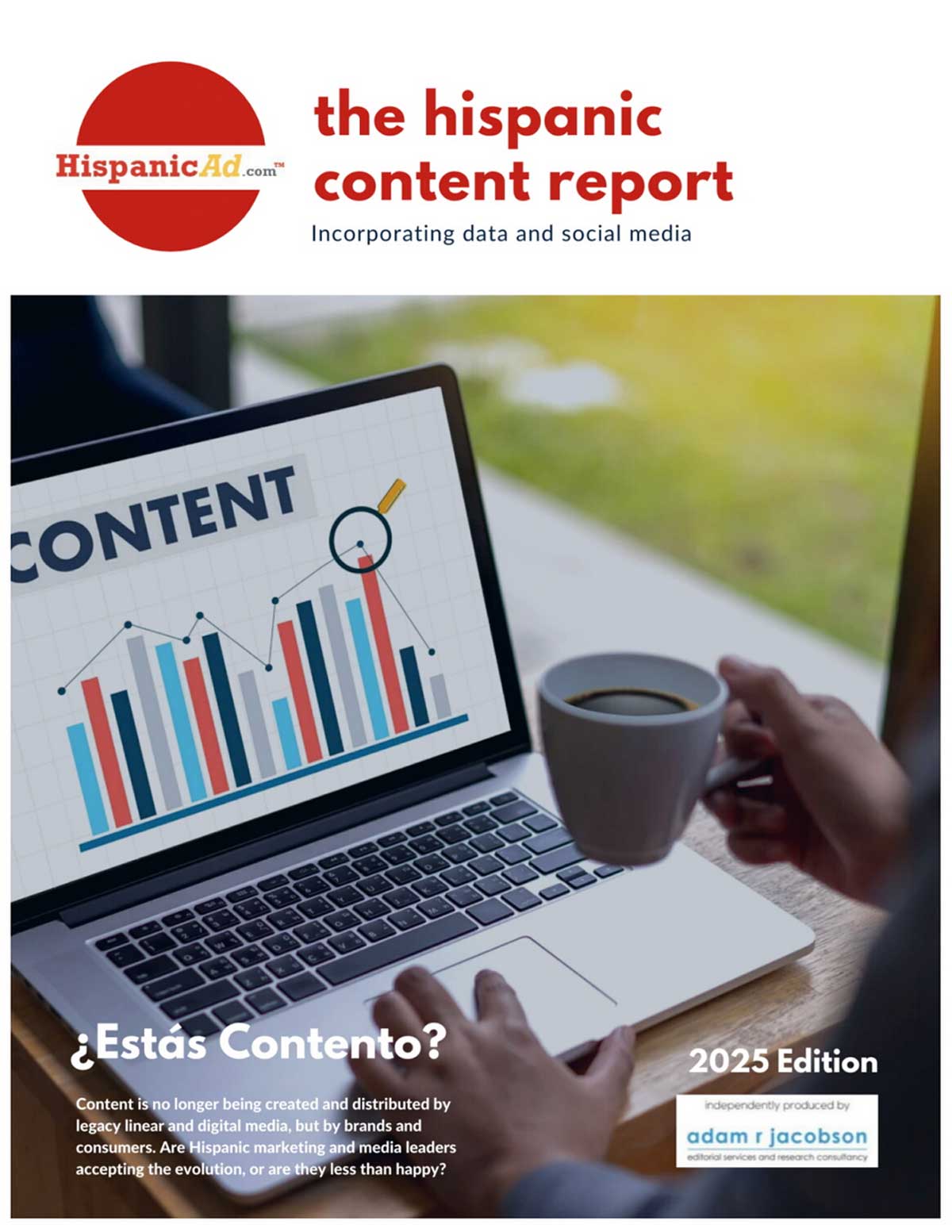Two Golden Rules for companies on Social Media.
March 7, 2010
Social media is changing the world for the better.
I know this because of the conversation I have, over and over again, every time I run a social media workshop for companies. It starts with an honest and understandable question: “What if we get on Twitter and people say horrible things?”
For companies who aren’t yet engaging with customers on social media, this is a worst-case scenario. People will be complaining, in public, and these complaints will be visible to everyone, and other people who see those complaints might not like us anymore, and then the good times will be over. Providing a soapbox on which our customers can advertise their dissatisfaction runs counter to every protective instinct we have.
The problem, of course, is that those complaints are already being aired online. Anyone upset enough to go to your Facebook page and tell you what they don’t like is upset enough to tell their friends and followers in your absence. Staying off social media doesn’t stop the problem; it merely removes the discomfort of having to deal with it. Being on social media at least gives you the chance to respond.
And here’s where the second question comes in: “What if we respond the wrong way? What if we say something stupid?”
On social media, we’re afraid of the same things we were afraid of back in eighth grade: that people will be mean to us, and that we’ll make fools of ourselves. For the most part, we’ve overcome these fears for our personal Facebook profiles and Twitter accounts; as companies, though, it’s still the first day at a new school.
The good news is we’re grownups now. We get a chance to do it again, and do it right. To allay those anxieties, I propose Two Golden Rules for Not Making Your Company Look Stupid on Social Media:
Rule 1: Act With Integrity
The first rule isn’t about turning your company into a group of enlightened monks or save-the-world superheros. Integrity is about being consistent. It’s about (to use a horrible consultant phrase) living up to the brand promise. It’s about making sure that what you see is what you get.
Sometimes, what you see isn’t peaceful, or wholesome, or spiritual — and that’s fine. But where companies get in trouble is when they pretend to be something they’re not. SIGG found this out the hard way, when their “eco-friendly” water bottles turned out to have BPA in the liner.
Rule 2: Admit Your Mistakes We all mess up, especially on social media. But the optimal way to deal with a mistake is to admit it, take any steps necessary to correct the situation, and then move on.
A few years ago, Hugh MacLeod shared an email he’d filed under the category: “When It’s Time To Bitchslap The Newbie.” The message was a clumsy and overbearing link-exchange request; MacLeod was gracious enough to anonymize it and spare the sender visits from his readers (one commenter complained: “Aww, you should have given the url so readers can troll the crap out of it”).
Imagine for a second you’re the person who sent the email. Imagine you’re seeing those responses, and imagine further that the original post doesn’t mention your name or your company. What would you do? Me, I’d want to run for the hills — after all, nobody knows who I am. The email’s author, however, took a different tack, and left the following comment on the post:
Hugh – First of all, sorry for starting off on the wrong foot and creating a bad first impression with you and your readers. After more than 10 years in traditional media, we are learning this new way of talking and we’re just taking our first steps. So thanks for not biting our heads off.
Secondly, a big thank you to the folks who commented – especially Rachel and Joaquin – for pointing out what we did wrong and how we can go about doing it right.
Like everyone else, we’re learning as we do and your post is a lesson for us. And this time we’ve learned our lesson.
by Kaila Colbin
Cheers to you, Johnny Boston. Well done for acting with integrity and admitting your mistakes. When more companies make that shift, the world will be a better place. Kaila Colbin blogs for The Web Genome Project, a movement to create a virtual topography of the World Wide Web.
Courtesy of http://www.mediapost.com





























